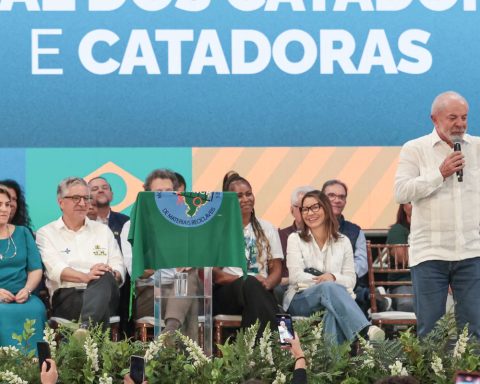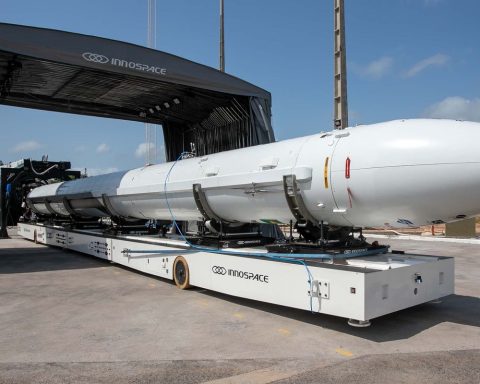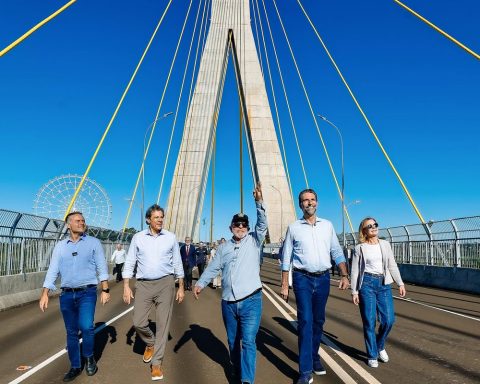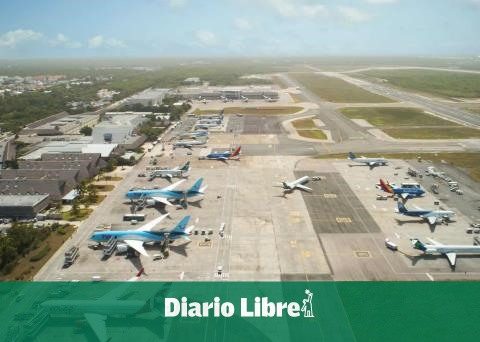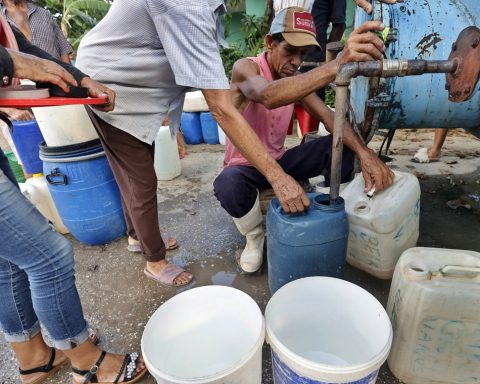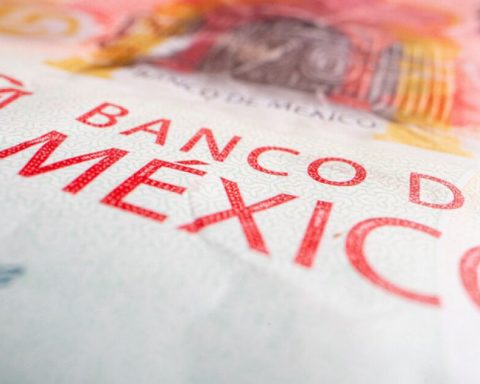The Brazilian Geological Survey (SGB) reported on Tuesday (30) that the level of the Madeira River, in Porto Velho, fell 35 centimeters in the last seven days, reaching the mark of 2.56 meters. The measurement represents the lowest level recorded for the period.
According to the agency, the reduction in the river level is caused by below-average rainfall between November last year and April this year, the rainy season in the region. According to the Madeira River Basin monitoring bulletin, in the same period last year, the river level was 4.56 meters.
For researcher Marcus Suassuna, a specialist in the geological service, the current level of the river could cause restrictions on navigation.
“The river reached low levels very early. If there is a delay in the start of the rainy season, the Madeira could remain with navigation restrictions for a long time, which could have an impact on water availability and especially on navigation,” he said.
Yesterday (30), the National Water and Basic Sanitation Agency (ANA) declared a situation of quantitative scarcity of water resources in the Madeira and Purus rivers and their tributaries that run in the southwest of Amazonas.
The measure aims to intensify the hydrological monitoring processes of these basins, the impacts on water use and propose preventive actions for these impacts in conjunction with various water-using sectors.
Madeira River
With a drainage area of 1.42 million square kilometers, of which 43% is in Brazilian territory and the remainder in Peru (7.6%) and Bolivia (49.4%), the Madeira River Basin region has a rainy season that normally runs from November to April, while the dry season runs from May to October, with October being a transition month.
The Jirau and Santo Antônio hydroelectric plants are located on the river. Both operate on run-of-river water and have the installed capacity to generate up to 6.7% of the energy of the National Interconnected System (SIN).
In addition, the Madeira River serves as an important waterway used for river transportation of cargo and passengers. The 1,060-kilometer navigable stretch between Porto Velho and Itacoatiara (AM) transported 6,538,079 tons in 2022, which corresponds to 9.2% of the total transported by inland waterways in Brazil.
The Madeira River is also used to supply water to Porto Velho, with around 460 thousand inhabitants, and other smaller communities.


